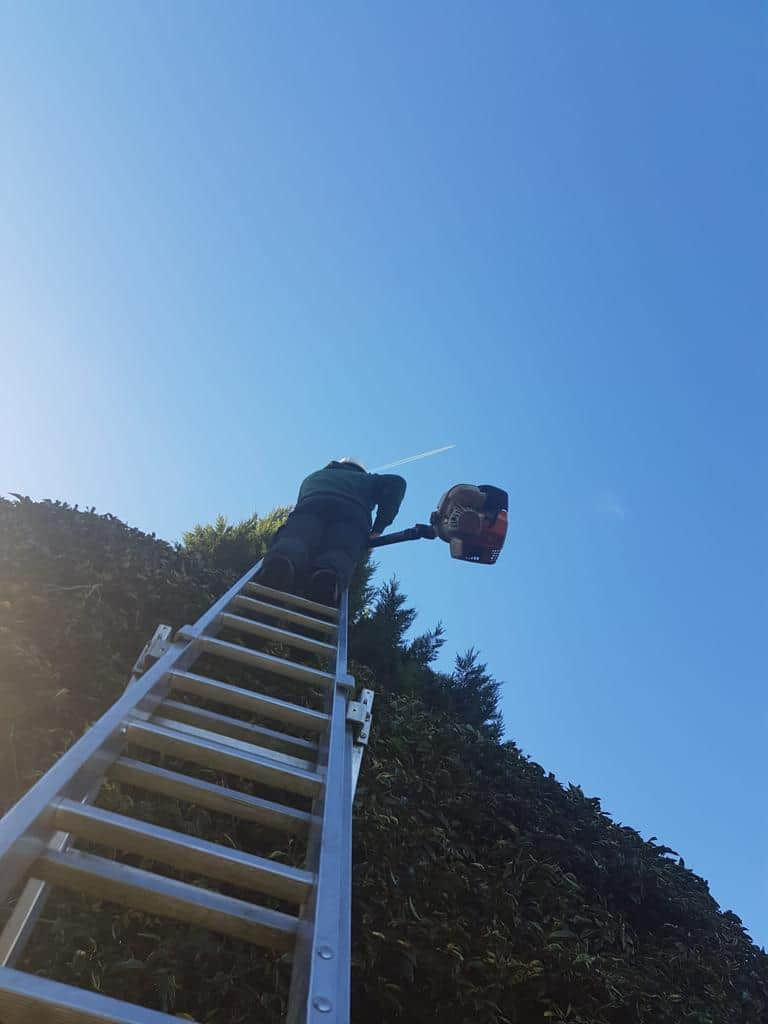Introduction: At LM Tree Surgery Cowplain, we recognise that maintaining the health and safety of your trees is essential for a thriving landscape. Deadwood removal is a crucial aspect of tree care that often goes unnoticed but plays a significant role in preserving tree health and preventing potential hazards. In this blog post, we delve into the importance of deadwood removal and why it should be a priority in your tree maintenance routine.
What is Deadwood?
Deadwood refers to branches or stems within a tree that have died and are no longer actively growing or contributing to the tree’s health. Deadwood can occur naturally as trees age, or it can result from factors such as disease, pests, or physical damage. These branches may appear brittle, discoloured, or devoid of foliage.
Importance of Deadwood Removal
- Enhanced Tree Health
- Prevents Disease Spread: Deadwood can harbour fungal spores and pathogens that may spread to healthy parts of the tree. Removing deadwood reduces the risk of disease and promotes overall tree vitality.
- Promotes Growth: By eliminating deadwood, the tree can redirect its resources towards new growth, improving its structural integrity and resilience.
- Reduced Safety Risks
- Prevents Falling Branches: Deadwood is prone to breakage, especially during storms or strong winds. Removing dead branches reduces the risk of falling debris, which can pose a safety hazard to people and property.
- Protects Property: Regular deadwood removal minimises the risk of dead branches falling onto roofs, vehicles, or utility lines, preventing costly damage.
- Aesthetic Improvement
- Enhances Tree Appearance: Removing deadwood improves the tree’s overall appearance by promoting a cleaner, more manicured look.
- Preserve Landscape Beauty: Healthy trees contribute to the aesthetic appeal of your landscape, enhancing curb appeal and property value.
When to Remove Deadwood
- Routine Inspections: Regularly inspect your trees, especially after storms or during the dormant season. Look for signs of deadwood, such as brittle branches, lack of foliage, or discoloured bark.
- Safety Considerations: Prioritise the removal of large or hazardous deadwood that poses immediate safety risks.
- Professional Assessment: Consult with a qualified arborist to assess the extent of deadwood and determine the best course of action for removal.
Methods of Deadwood Removal
- Selective Pruning: Targeted removal of dead branches using pruning tools such as hand pruners, loppers, or pruning saws. Cut back to the branch collar or a healthy lateral branch to promote proper healing.
- Crown Cleaning: Thinning out the canopy to remove deadwood while preserving the tree’s natural shape and balance. This method improves air circulation and light penetration.
- Complete Removal: In severe cases where the tree is extensively damaged or diseased, complete removal may be necessary to prevent hazards and promote the health of surrounding trees.
Conclusion: Deadwood removal is a critical aspect of tree care that enhances both the health and safety of your trees and contributes to the overall beauty of your landscape.
Call us on: 023 8235 6096
Click here to find out more about LM Tree Surgery Cowplain
Click here to complete our contact form and see how we can help you with your tree’s needs.

